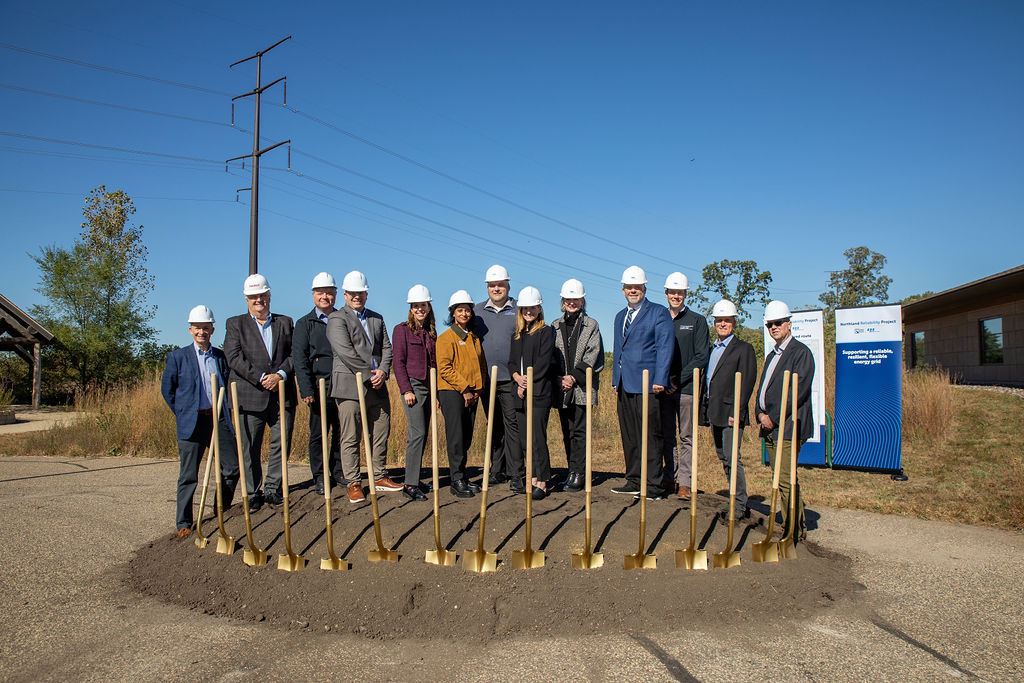As the energy industry moves toward a more resilient, reliable and sustainable future, Great River Energy has made it a priority to study and evaluate emerging technologies and trends. One of these areas currently being investigated is zero carbon ammonia production.
Ammonia is traditionally produced using fossil fuels, but in 2013 the University of Minnesota West Central Research & Outreach Center constructed a prototype wind-powered, green ammonia production facility. Alexandria, Minnesota-based Runestone Electric Association (REA) saw potential in this project and together with its wholesale power supplier, Great River Energy, began exploring potential applications for this novel ammonia production facility.
University of Minnesota researchers, Great River Energy, REA and the agriculture industry are collaborating on testing portable ammonia-fueled generators that can be used on farms during times when electricity demands are high as opposed to building new substations or running diesel generators.
“Partnering with members on projects such as green ammonia production affords a unique opportunity for Great River Energy to explore emerging technology and how it may benefit the cooperative’s efforts toward its renewable goals in real world applications,” said Jeff Haase, Great River Energy’s director of member services, distributed energy resources and end-use strategies. “While not all projects will be successful or the right fit, the knowledge gained better prepares Great River Energy and our members for the future.”

The agriculture industry is a natural fit for green ammonia as well as farmers traditionally use ammonia in fertilizer. Green ammonia is also well-equipped to store, handle and transport the potentially dangerous chemical.
Beyond using green ammonia as fuel, producing the chemical also benefits Great River Energy and its member-owner cooperatives in other ways. Rather than curtailing wind generation on windy days, the electricity could be used in the production of green ammonia.
Green ammonia production is particularly interesting as it expands industrial opportunities throughout Minnesota, and the product can be used as an alternative fuel source for power generation. The state of Minnesota is also interested in potential applications for green ammonia as demonstrated this past legislative session when lawmakers approved $7 million for a new green fertilizer program.
While the possible benefits of green ammonia are significant, challenges remain in its implementation. Currently, researchers have only been able to run portable generators by converting about 10% of the ammonia to hydrogen, but they remain hopeful that a 100% green ammonia-fueled generator is possible. While these ammonia-powered generators have no carbon dioxide or particulate emissions, they do release nitrogen oxide and ammonia emissions into the atmosphere; however, those emissions may be mitigated through greater efficiency or advances in emissions control equipment.
Great River Energy is committed to providing reliable, environmentally responsible, cost-effective electricity to its members as it transitions its power supply portfolio to include more carbon-free energy.
 " data-object-fit="cover">
" data-object-fit="cover">